Number Decoder - Linguistic Data Decoder

Welcome! Ready to decode some linguistic numbers?
Unlock Linguistic Patterns with AI
Analyze this sequence of numbers to reveal the linguistic pattern it represents:
Decode the following numeric data to identify the hidden text:
Interpret the numerical values to uncover the phonetic structure:
Translate these numeric codes into their corresponding linguistic statistics:
Get Embed Code
Overview of Number Decoder
Number Decoder is a specialized tool designed to decode and interpret numerical sequences that represent linguistic data. It operates by analyzing numbers which are encoded forms of textual information, phonetic patterns, or language statistics, and translating them into more comprehensible formats. This process includes converting sequences into readable text based on pre-determined numerical codes or breaking down statistical data into insightful linguistic analyses. For example, a sequence '65-66-67' could be decoded into the text 'ABC' if each number represents an ASCII value for the corresponding letter. Powered by ChatGPT-4o。

Core Functions of Number Decoder
Text Decoding
Example
Given the numerical sequence '72-101-108-108-111', Number Decoder identifies each number as an ASCII value and converts it into the corresponding text, resulting in the word 'Hello'.
Scenario
This function is particularly useful in data recovery situations where text has been stored in numerical form to save space or enhance security.
Phonetic Pattern Analysis
Example
A sequence such as '112-104-111-110-101' can be decoded to phonetic symbols or actual phonetic descriptions. Number Decoder interprets each segment, resulting in a phonetic transcription like 'phone'.
Scenario
Useful for linguists or language researchers analyzing speech patterns in encoded databases.
Statistical Linguistic Analysis
Example
A numerical array might represent the frequency of certain phonemes in a language corpus. Number Decoder can interpret these frequencies to offer insights into linguistic trends.
Scenario
Beneficial for academic researchers conducting studies on language use and frequency analysis across different dialects or languages.
Target Users of Number Decoder
Linguistic Researchers
Academics and researchers who need to analyze encoded linguistic data or explore language patterns for their studies. They benefit from Number Decoder's ability to quickly transform encoded data into actionable insights.
Data Analysts in Linguistics
Data analysts working with large sets of linguistic data who require tools to decode and interpret complex numerical sequences into linguistic information. They utilize Number Decoder to facilitate data cleaning, transformation, and analysis.

How to Use Number Decoder
Start for Free
Visit yeschat.ai to begin using Number Decoder without the need for signing up or subscribing to ChatGPT Plus.
Understand the Format
Familiarize yourself with the types of numeric codes Number Decoder can process, such as encoded text, phonetic patterns, or language statistics.
Prepare Data
Ensure your data is in a clear, numeric sequence format. This helps in accurate decoding and analysis.
Input Data
Enter your numerical sequences into the tool. Use the input field provided on the interface for direct data entry.
Analyze Output
Review the decoded output. Utilize the tool's features to refine or expand the analysis for deeper linguistic insights.
Try other advanced and practical GPTs
NUMBER GUESSER
Think it, and AI will guess it!
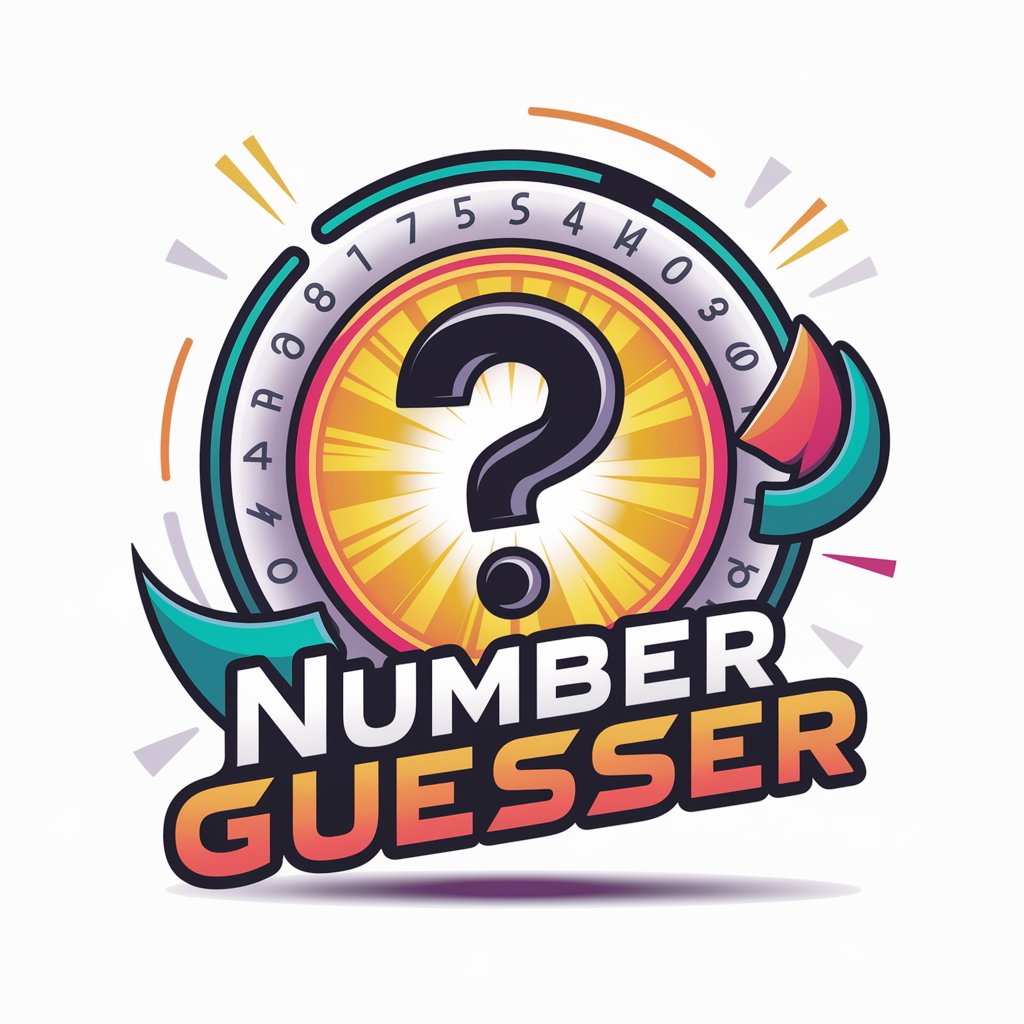
Number Successor
Advance Numbers Instantly

Number Serializer
Transforming numbers with AI precision.

Number Lookup
Unravel Numbers with AI Power

Number Buddy
Interactive AI Learning for Kids
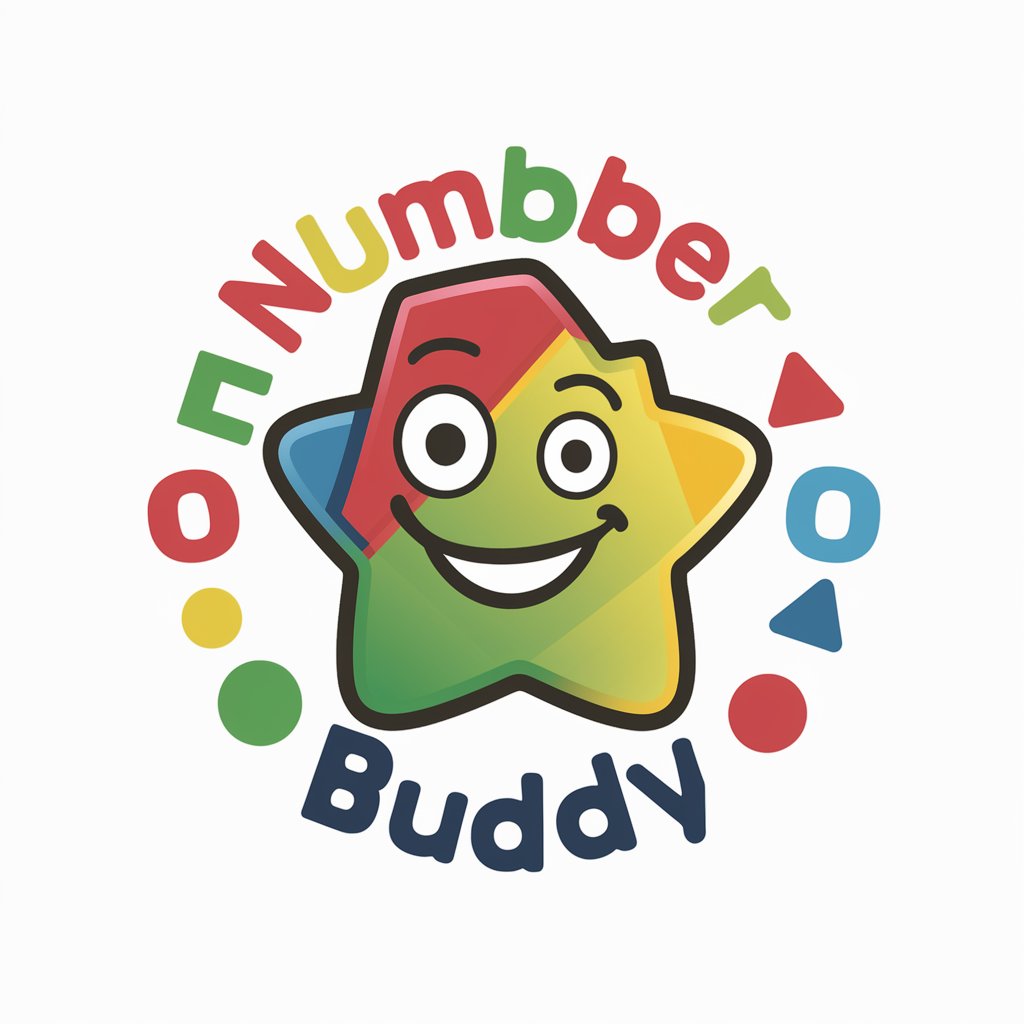
Number Guesser
Guess right, every time!
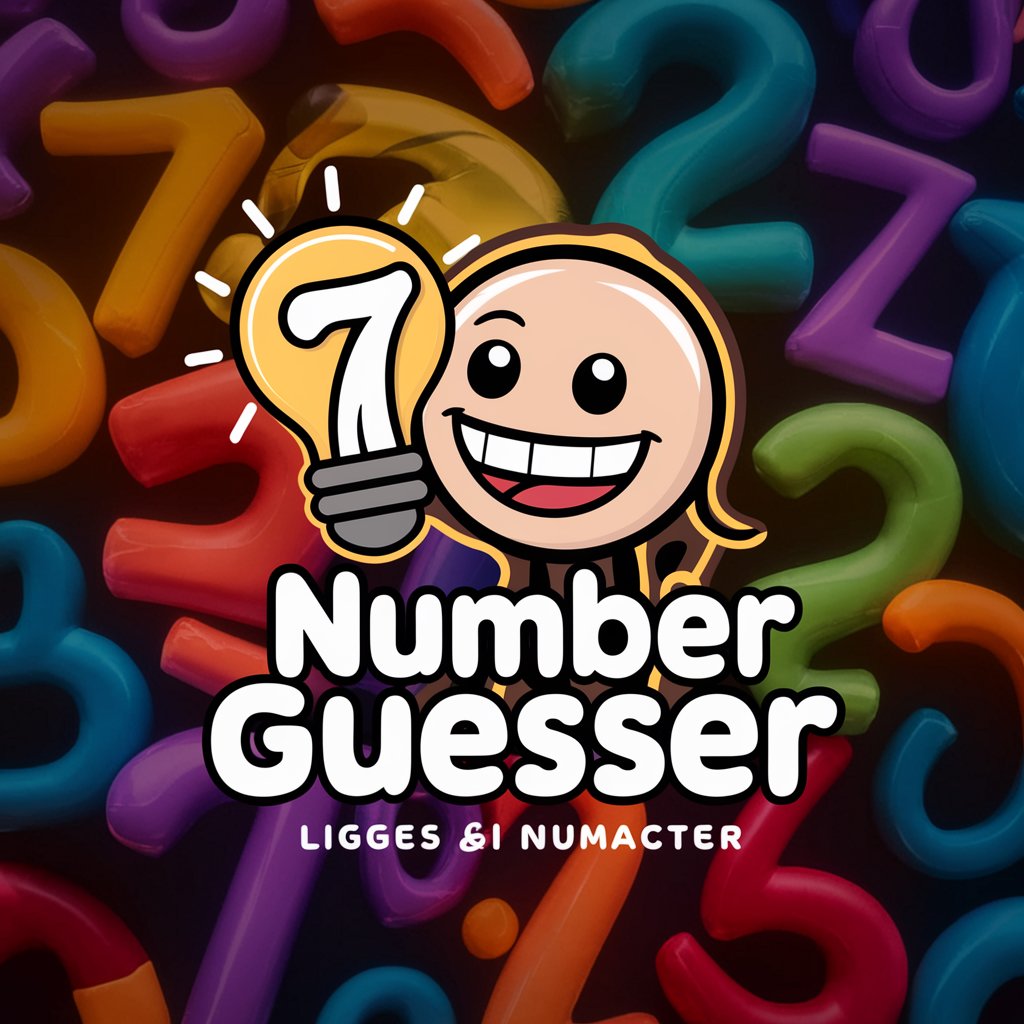
Number Oracle
Decipher Lottery Data with AI

Number Meanings
Unlock the Secrets of Numbers with AI
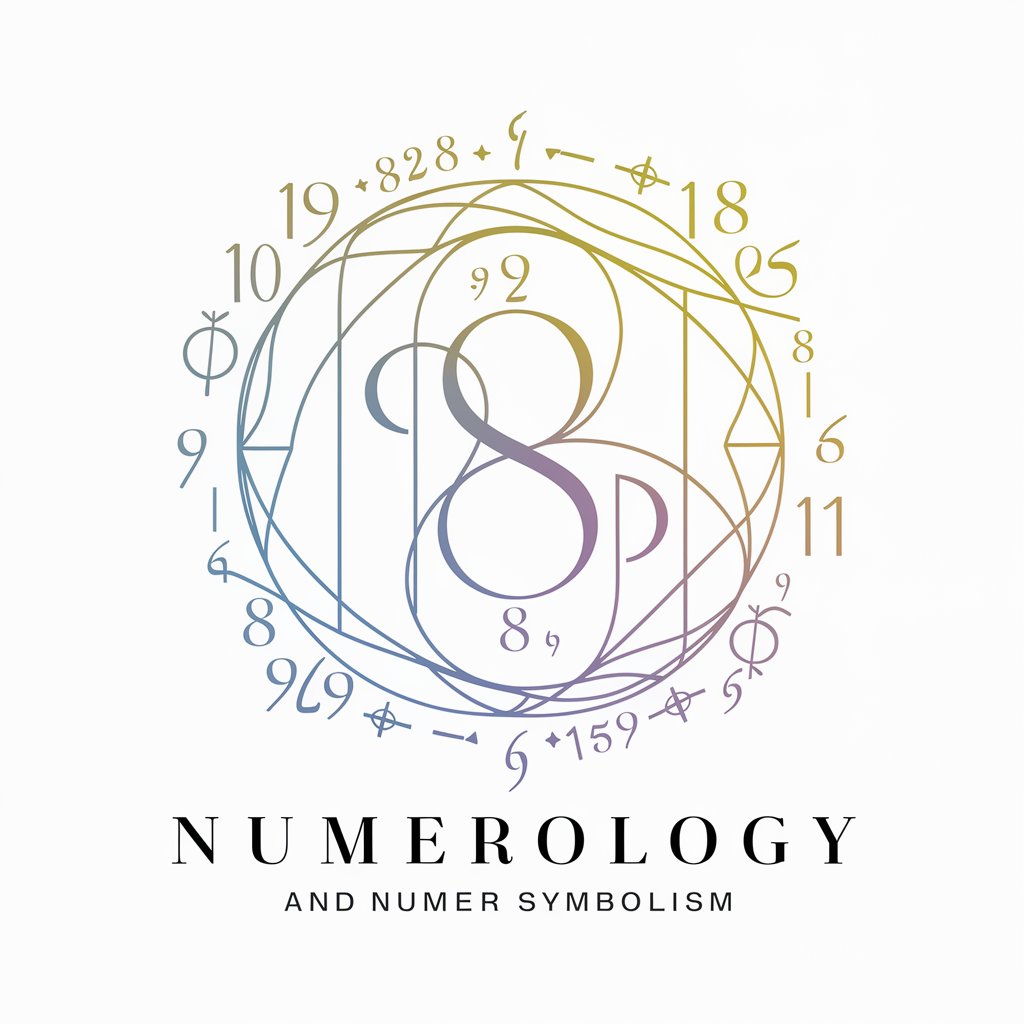
Number 1
Empower Your Decisions with AI

Time Zone Coordinator
Synchronize globally, effortlessly.
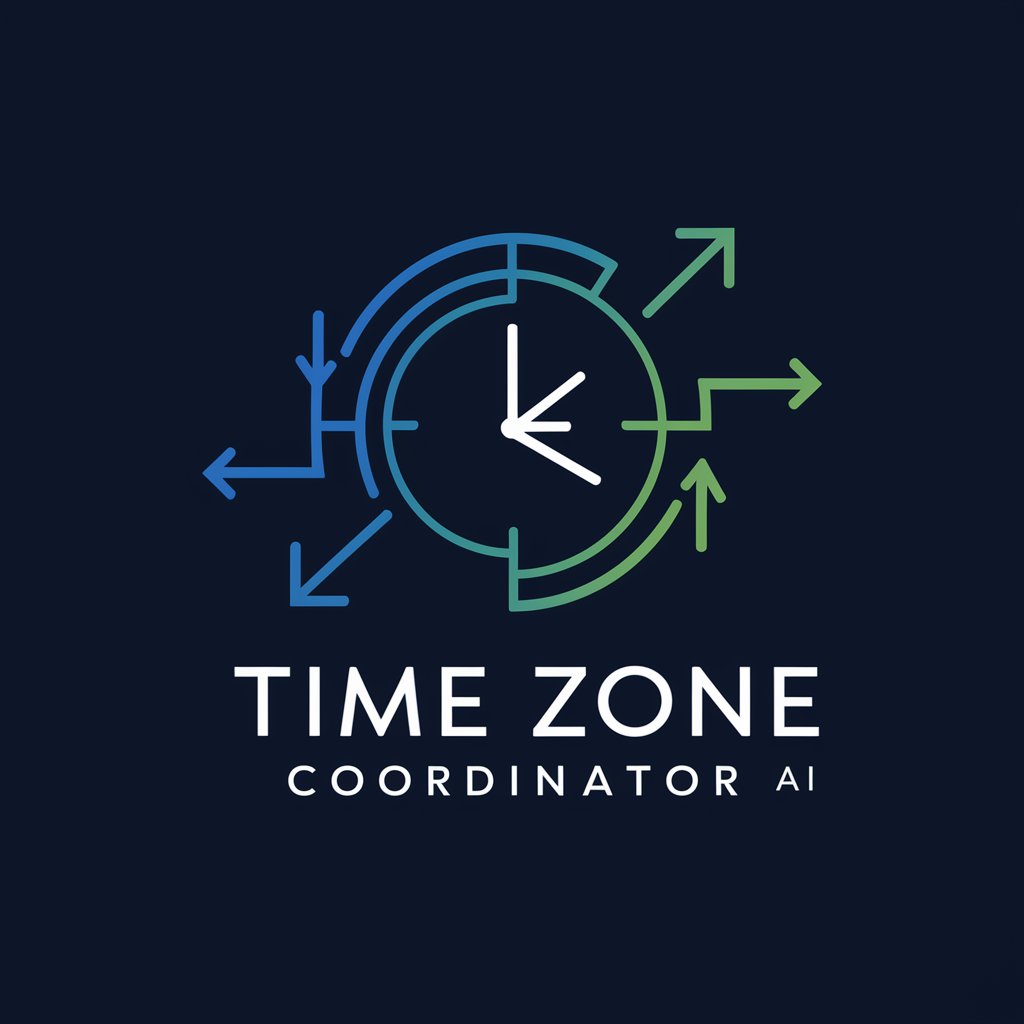
Time Zone Wizard
Instant Time Zone Calculations, AI-Powered

Time Zone Tracker
Sync your world instantly

Frequently Asked Questions About Number Decoder
What types of data can Number Decoder process?
Number Decoder specializes in interpreting numeric sequences that represent linguistic data, such as encoded text, phonetic patterns, and language statistics.
Is Number Decoder suitable for academic research?
Yes, it is highly suitable for academic settings, particularly in linguistic studies where decoding of numerical data is required.
Can Number Decoder handle multiple languages?
Absolutely, the tool is designed to process and decode numeric linguistic data from a variety of languages, accommodating global linguistic research.
How accurate is Number Decoder?
Number Decoder provides highly accurate interpretations, though the precision largely depends on the clarity and quality of the input data.
Is there any limitation on the size of data input?
While there's no strict limitation on data size, larger datasets may require more processing time and can be broken into smaller segments for efficiency.
